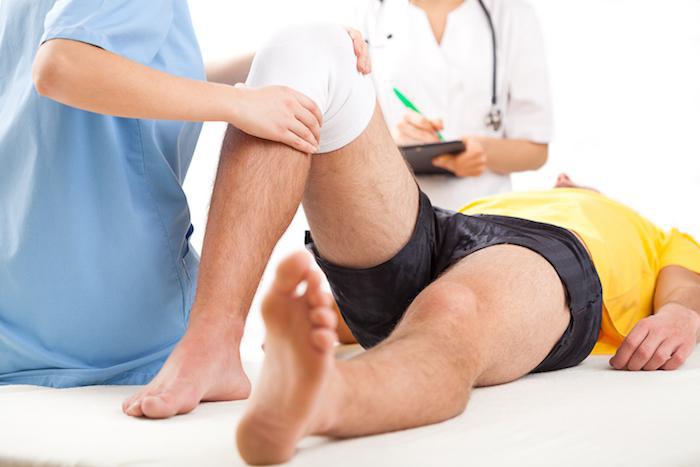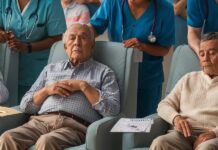If you happen to be young and active, or you have sports ambitions – then we guess you’re likely already familiar with the term ACL. It is the damage to the ACL ligament that can prevent you from achieving results in sports, recreation, or with more severe injuries, even from everyday functioning and ordinary things like bending your knees. What symptoms ACL brings, and whether it can heal without surgical operation – read the text in front of you.
Physical Activity And Injuries That May Happen
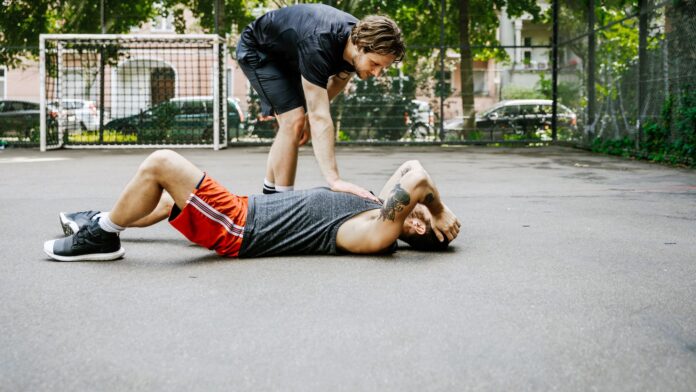
Physical activity contributes to a better general condition of the body and is one of the ways to prevent many diseases. Recreational and professional sports sometimes bring various injuries we have to treat properly. Risky factors when we are facing sports injuries are usually connected to the category of sport, age – or the manner and intensity we do the exercises, or the anatomical predisposition for a particular sport. Nevertheless, injuries are inevitable in sports – but some of them must be treated with a degree of seriousness because they can often disrupt not just our training but also our quality of living. One of the frequent injuries we face is the ACL – which is, the injury of an anterior cruciate ligament.
ACL: What Are The Chances We Suffer Such An Injury?
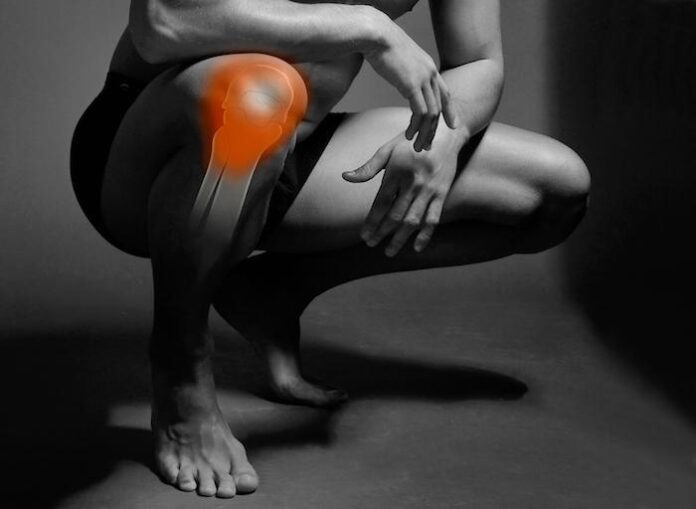
Our knees are probably one of the most crucial joints in our body and also very complex ones. When we are standing, the knee carries 70% of our body weight and almost our entire weight when we bend them. As such, it is exposed to frequent damages due to its specificity. The ACL is one of the ligaments in our knees which makes the connection between the femur and tibia. It also plays a key role in ensuring the stability of our knees. Therefore, this ligament is particularly significant for controlling movements of our knees. When we are injured, we usually face damage to the anterior cruciate ligaments – and sometimes, even a rupture of these ligaments which is an even more severe injury. This kind of damage usually occurs when we practice sports activities. Still, most of these injuries do not occur in contact with the opponent – but most often when landing on a hard surface. However, this doesn’t happen only in sports but can also happen in cases such as falling, hitting the lower part of your leg, traffic accidents, etc.
How Do These Damages Occur?
This type of knee damage usually happens when playing sports, even though that doesn’t have to be the rule. It will most likely happen when we make sudden moves in changing directions. These injuries can often happen when practicing volleyball, basketball, gymnastics, or martial arts. The issue itself is caused by the rotation of the upper and lower parts of the leg in opposite directions and yet, the full weight of the body rests on the leg. It mostly happens in the form of stretching, as a partial or total rupture. Symptoms are pain, knee-swell, bleeding inside the capsule, joint instability, reduced mobility, etc.
Do We Have To Treat This Problem Surgically?
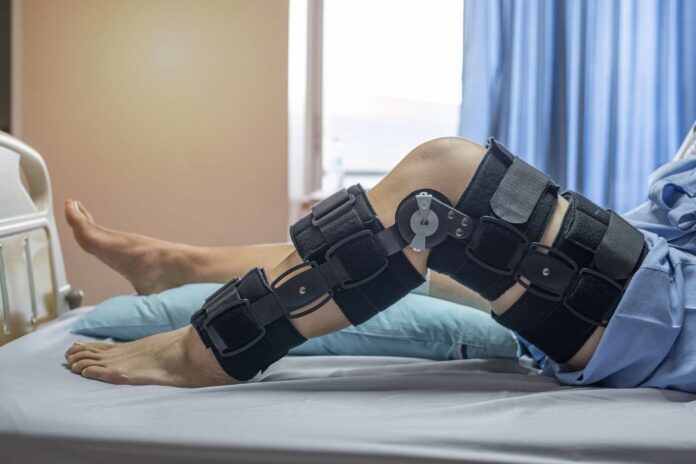
This is a generalized question, and we can’t get a precise answer because it can be different and individual, depending on the injury. According to jeremyburnhammd.com, every patient should have a thorough examination by an orthopedist or orthopedic surgeon. Namely, the injury itself must first be defined to decide about the further course of action. Perhaps the injury was caused only by stretching the ligament, and that’s when surgical intervention is not necessary. In such cases, healing is faster – and most patients feel relief within a few days after suffering an injury. We can feel the improvement in pain and swelling reduction. However, very frequently, a problem with knee stability can appear afterward. In such cases we mostly use physical procedures as a form of treatment – and after the swelling is reduced with kinesitherapy procedures.
In Which Cases Do We Need Surgery?
Although these injuries mostly heal without surgery – there are cases when we can’t avoid them. One such case is ligament rupture, which requires surgical treatment. In that situation, the so-called reconstruction is most often resorted to, i.e., transplanting new tissue onto the ruptured ligament. Reconstructive surgery is successful in 90% of cases, so few people have pain or a feeling of knee instability after surgery. Rehabilitation begins immediately after the procedure, that is, after leaving the hospital. It includes physical therapy to reduce the unpleasant symptoms and to improve circulation and metabolism, massage of the knee itself, the cup, surrounding muscles or tendons – but also electrostimulation to restore the strength of the muscles of the front lodge. Also, rehabilitation includes kinesitherapy treatment, static exercises, and stretching exercises to restore the capacity for movement. The patient usually gets full support on the leg approximately 4 weeks after the operation.
Return To Sports Activities After The Surgery
Healing after surgery is individual, meaning it depends on numerous aspects. However, what is standard in the treatment of all patients is that recovery takes place in stages. It may be more effortless for professional athletes to overcome such injuries in the sense that they will get back on their feet faster and feel good, be mobile, and be without pain. However, this should not fool anyone, not even professional athletes – because experts advise that you return to professional sports activities in approximately 6 months.
Conclusion
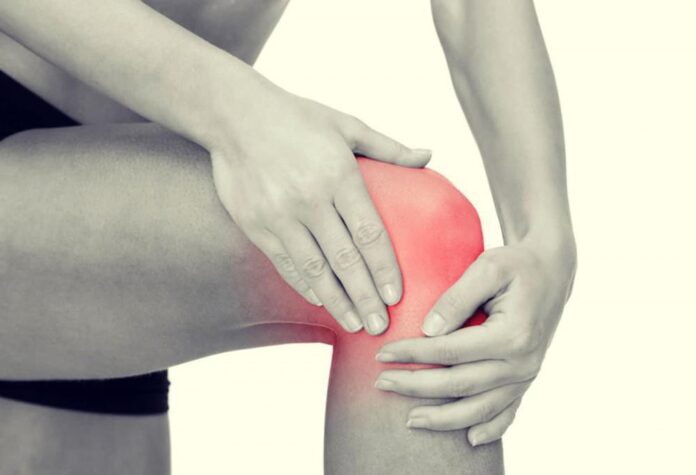
Joint and ligament injuries are common in active people. However, they can also happen to elderly people who are often prone to falls or loss of balance. Therefore, prevention is important, as is the recognition of initial symptoms. If you notice pain, swelling, or you cannot stand on your knee after the injury – this is an indicator that you should visit an orthopedist and determine whether it is an ACL injury. If the injury requires surgery, follow the doctor’s instructions – especially during rehabilitation. After anterior cruciate ligament surgery, it is recommended that the patient return to full sports activity only 6-12 months after the surgery. That is important so that the patient is free of physical and mental doubts about himself and his body – that is, he is fully prepared. For top athletes, this period is not possible – and few can last a full six months.
